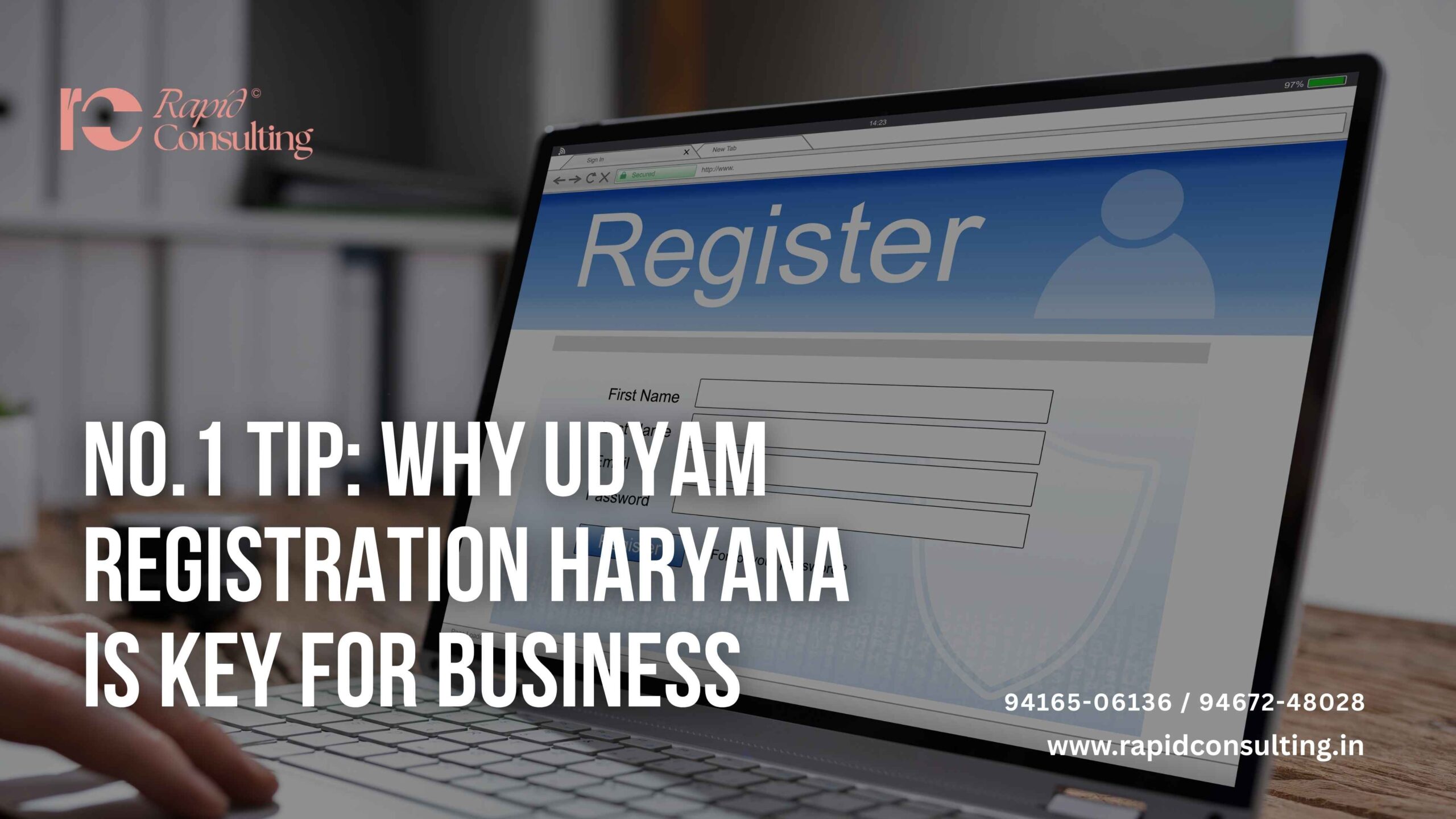
Business Subsidy Consultant: What They Do and Why Your Business Needs One
Tired of trying to understand what a business subsidy consultant does? Don’t stress—this blog has all your answers. It is the dream of all businesses to be successful, earn more, and develop. However, a business requires money to expand; it requires machines, raw materials, new buildings, technology, and workers among many others. The government gives subsidies and funds to help businesses. Such subsidies will make it easy to grow your business at a lower cost. However, the issue is that lots of people are not aware which type of subsidy is correct in their case and how to claim them. Others complete the incorrect form, send the incorrect documents or skipping significant processes. Owing to this reason, they have to experience a delayed or rejected subsidy application. This is why a business subsidy consultant is useful. A business subsidy consultant will help you in understanding government schemes, prepares your documents, applies for the subsidy, and guides you until you receive the benefit and claims. Simply, they get your subsidy ride smooth and hassle-free. Who Is a Business Subsidy Consultant? A business subsidy consultant is a person or a company that helps businesses get government subsidies. They are well aware of various MSMEs, manufacturers, startups, food processing unit and rural industries, textile business and numerous others. They know: Which subsidy you can get The extent of good you can gain. How to apply properly Which documents are needed How to get approval faster Since the rules on subsidies keep changing, a consultant is up-to-date and will tell you of the latest benefits. What Does a Business Subsidy Consultant Do? A business subsidy consultant does many important things for you. In short, their work consists of: They identify the appropriate subsidy to you Every business is different. A consultant examines your type of business, location, investment and requirements and informs you of the subsidies schemes you are entitled to. They check your eligibility They will ensure that your business is complying with the government rules to ensure your application will not be rejected. They prepare all documents There are numerous documents required in the applications of subsidies; GST papers, bank details, CA certificates, investment proofs, project reports, and so on. The consultant makes all the preparations right. They apply for the subsidy They either fill in the application online/offline in the right format without any error. They negotiate with the departments of government. In case of clarification requested by any department, it is attended to by the consultant. This saves your time. They assist in obtaining the last subsidy amount. After they are approved, they also assist you in making the claim in order to ensure that the money gets into your account without any hassles. Why Your Business Needs a Business Subsidy Consultant The subsidies are considered too complex by many business owners. Consultant simplifies the entire process. The reason why your business needs one is: You save a lot of time You do not need to read long government documents and go to offices over and over. You avoid mistakes Minor mistakes are made by most people which result in rejection. A consultant does not commit such errors. You get maximum benefits People are not even aware of the number of schemes. One of the consultants assists you to receive as much subsidy as possible. You alleviate financial pressure. Your machines, interest, electricity, land registration and others are subsidized. You get peace of mind The expert takes care of all the hard work in the business as you concentrate on your business. How Rapid Consulting is beneficial for you Rapid Consulting is a reputed subcontractor in terms of subsidy. Their professional and easy way of doing things make them take the assistance of thousands of businesses in India. Rapid Consulting helps you in the following manner: Free eligibility check of your business. They research about your business and inform you about the subsidies you may receive. Full documentation support They also make all the necessary documents such as DPR, CA certificates, compliance documents and financial records. Categories of Subsidies that can be obtained A business subsidy consultant can help you in getting many different types of subsidies, such as: Capital Subsidy To purchase new equipment or to increase the factory. Interest Subsidy Helps you save on the amount of interest you pay off on the loan. Power Subsidy Electricity bills taken off or given a discount. Stamp Duty Refund You save part of the money lost in land registration. Export Subsidy Additional assistance to the exporting businesses All the subsidies have varying regulations and advantages. A consultant outlines them using straightforward terms and assists in choosing the most appropriate one. Conclusion A business subsidy consultant is important for every business that wants to save money and grow faster. The process is not easy and benefits of government schemes are huge. A consultant makes it easy to value all that, prepare your papers, apply properly and have your subsidy without worries. Rapid Consulting is among the preferred options of businesses that need aid in the form of subsidies. The whole process becomes easy and quick due to their experience, teamwork and commitment. The above diagram can help you realize that, with the appropriate assistance, your business is able to enjoy the full benefit of government subsidies and proceed on its way to success with little to no apprehension. FAQs What exactly does a business subsidy consultant do? They assist you in selecting the appropriate subsidy, coming up with required documents, applying and securing the end-game. Is my business eligible for subsidy? Yes, the subsidies can be offered to most MSMEs, manufacturing units, food processing units, startups, and exporters Is hiring a consultant necessary? It is not necessary but hiring a consultant can be very helpful. They increase approval chances and avoid mistakes. How much benefit I can get from subsidy? It depends on the scheme. Some give 15–50% benefit, while others offer fixed amounts like ₹20 lakh to ₹5 crore.









